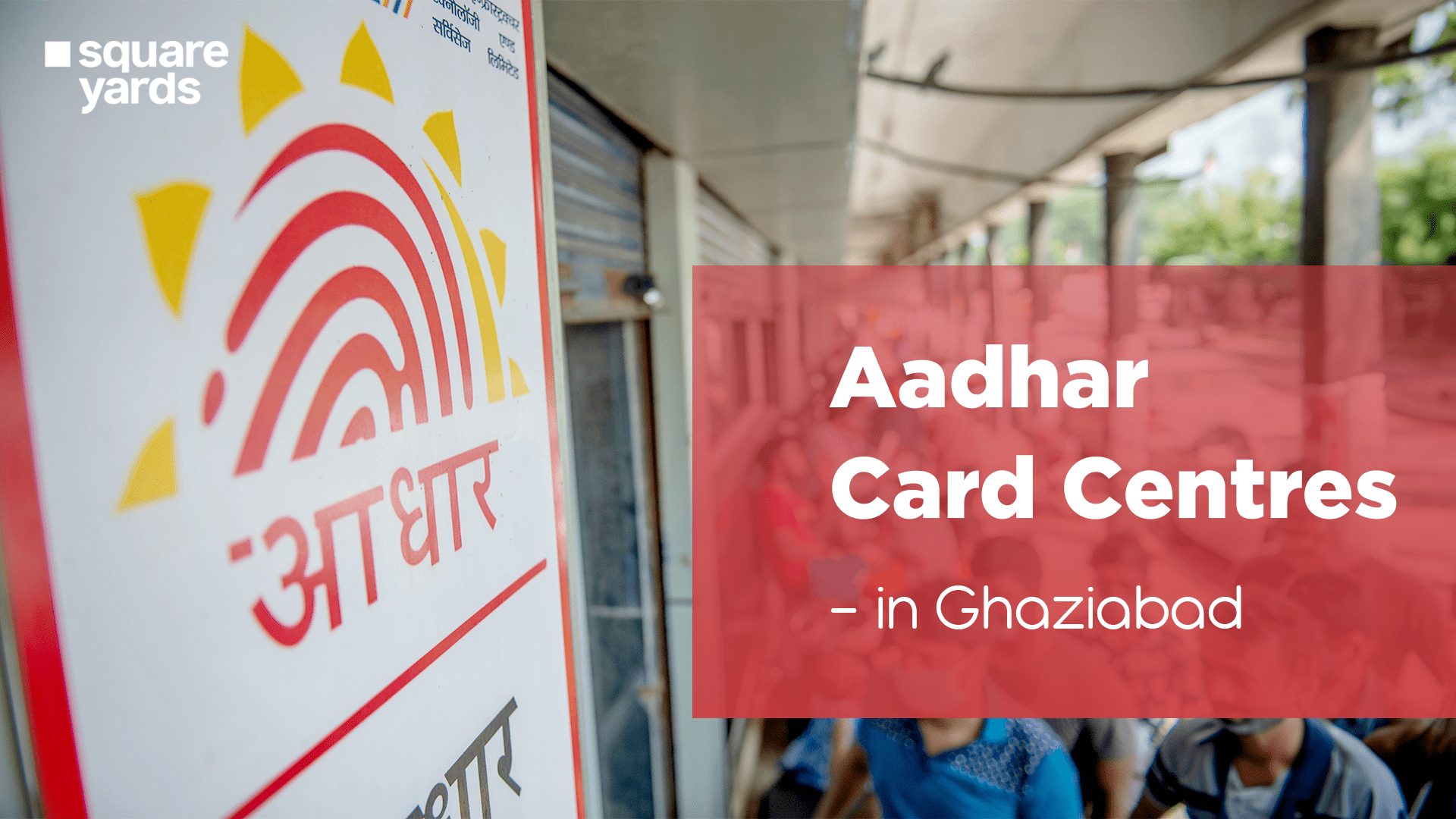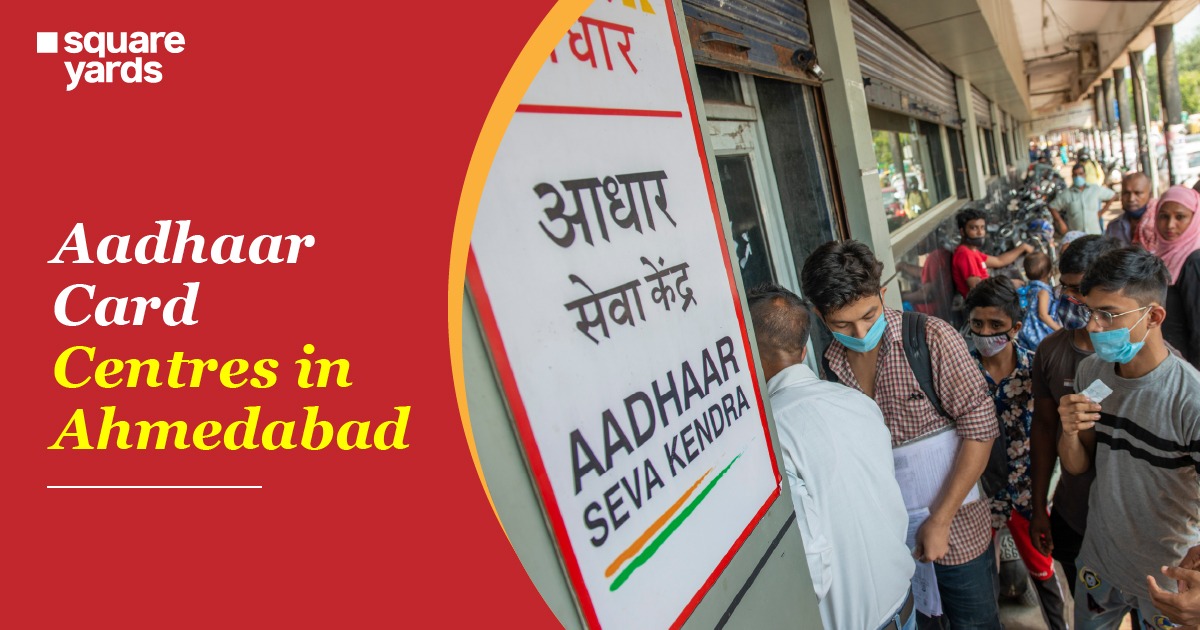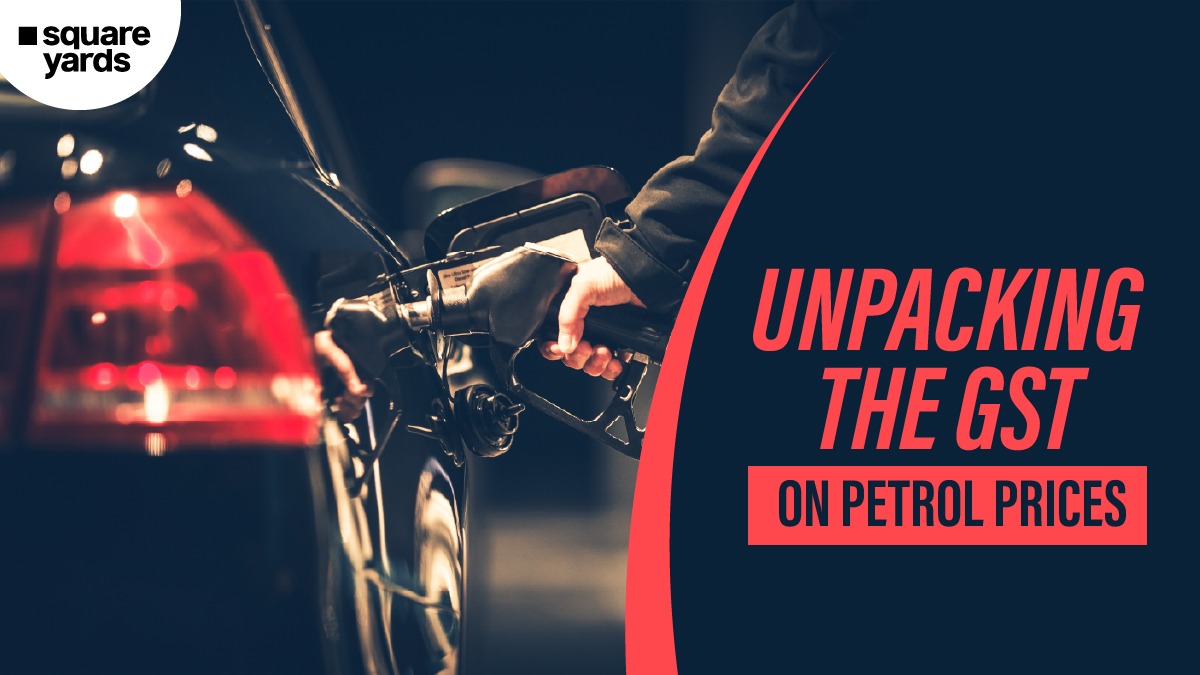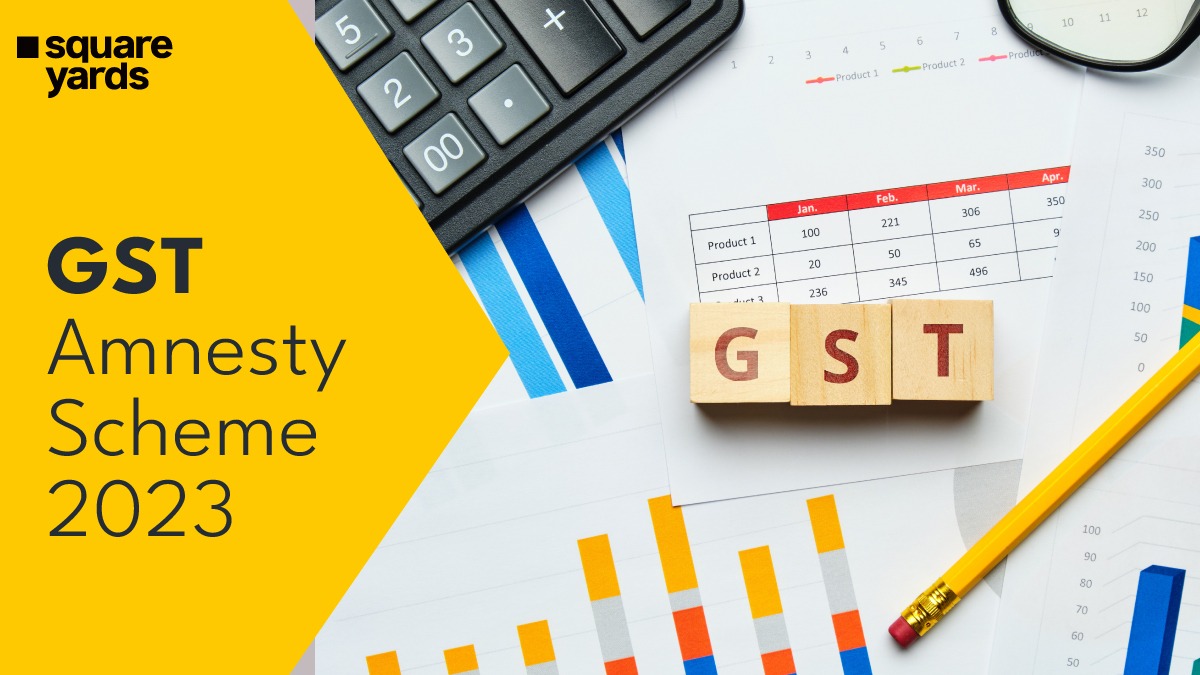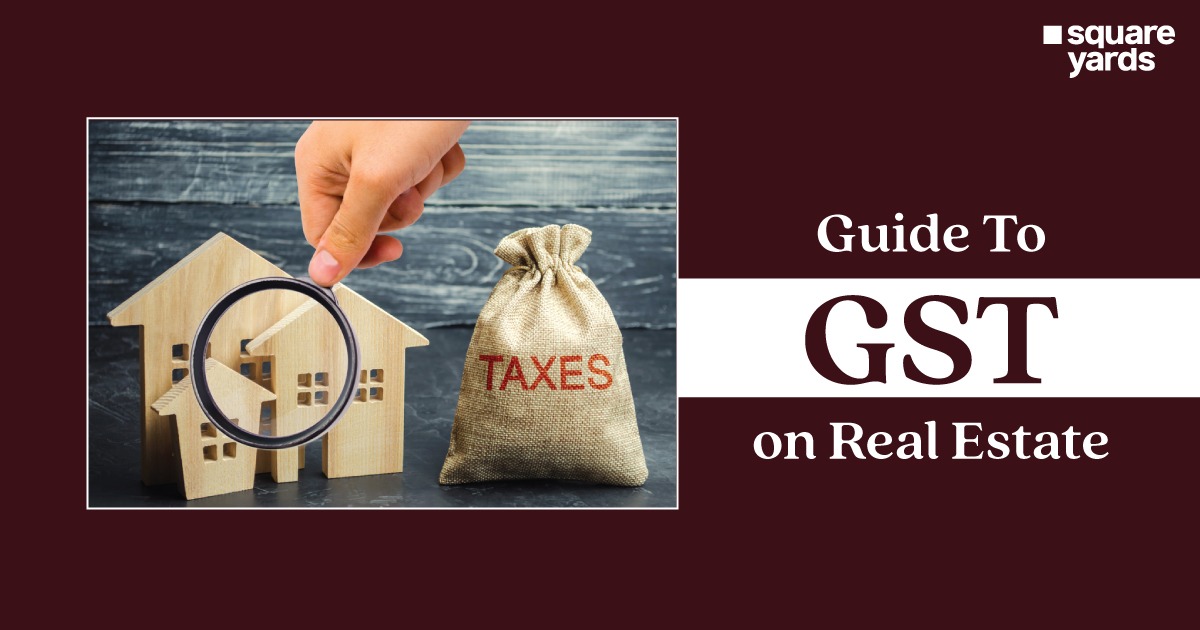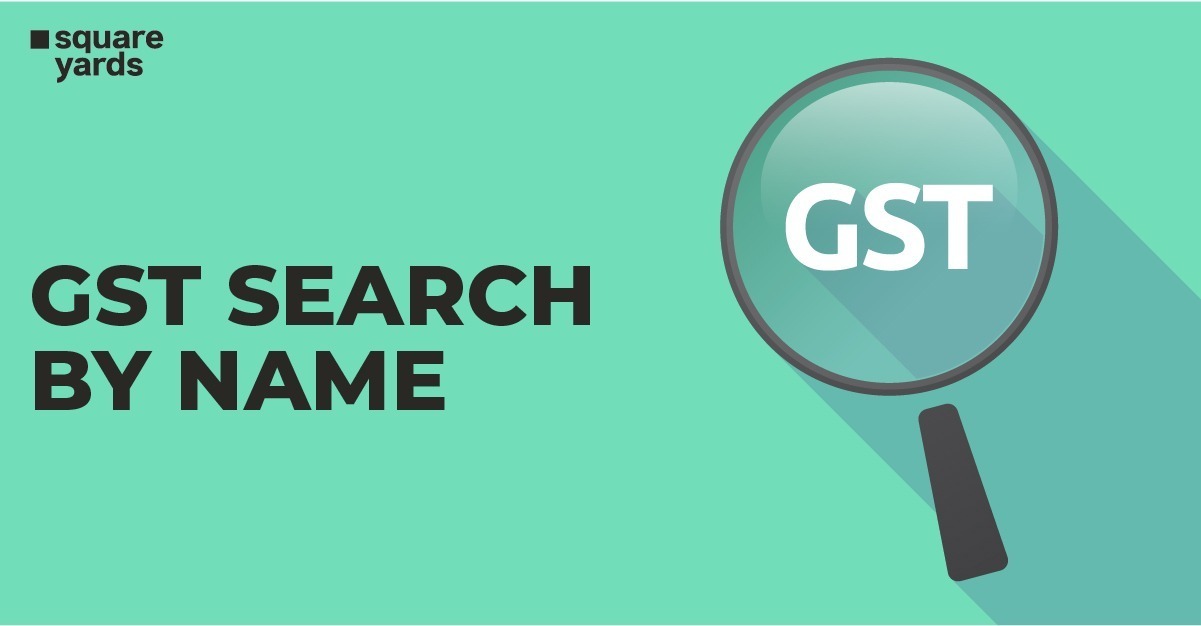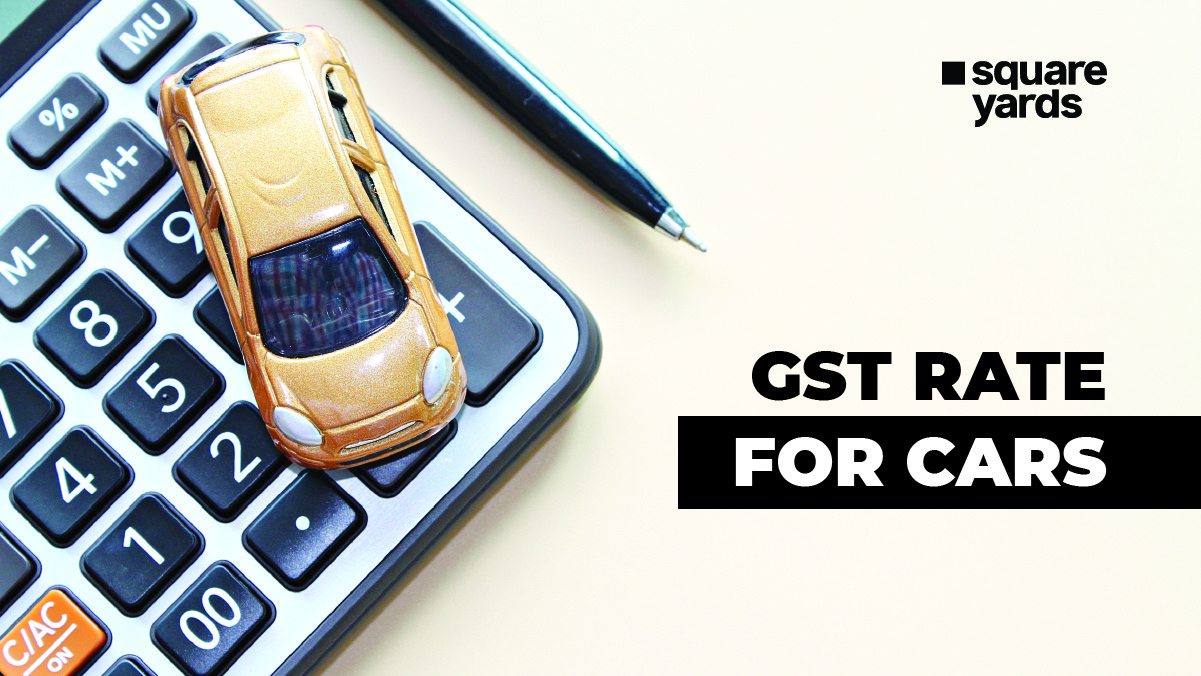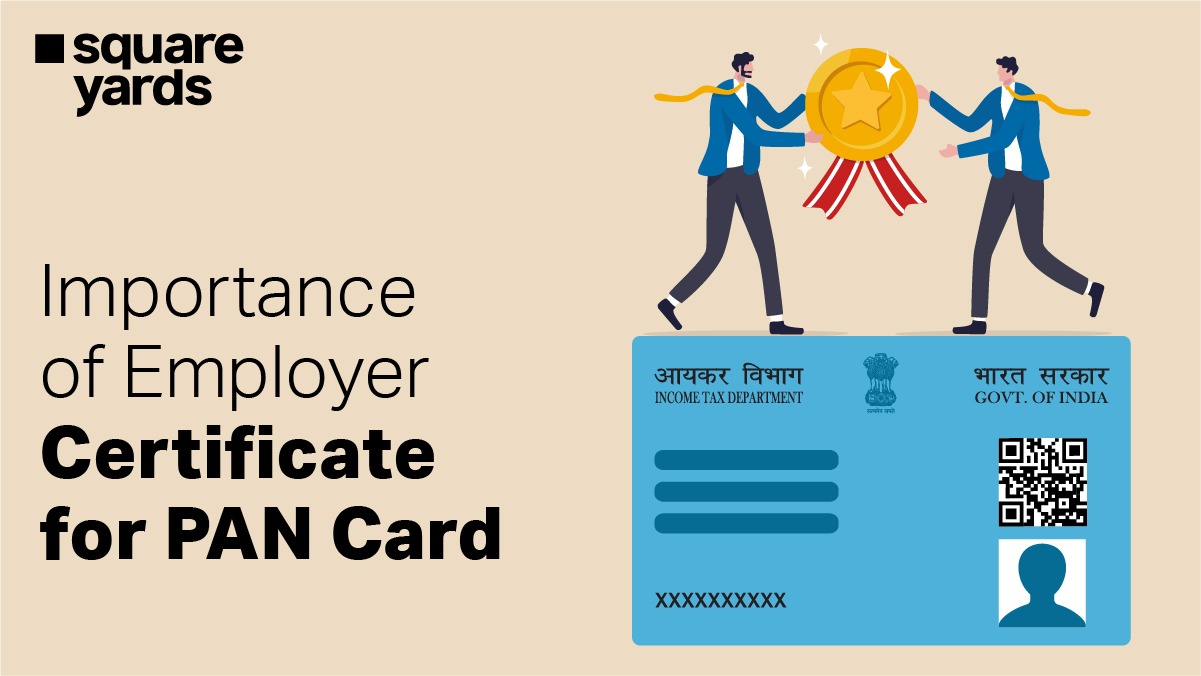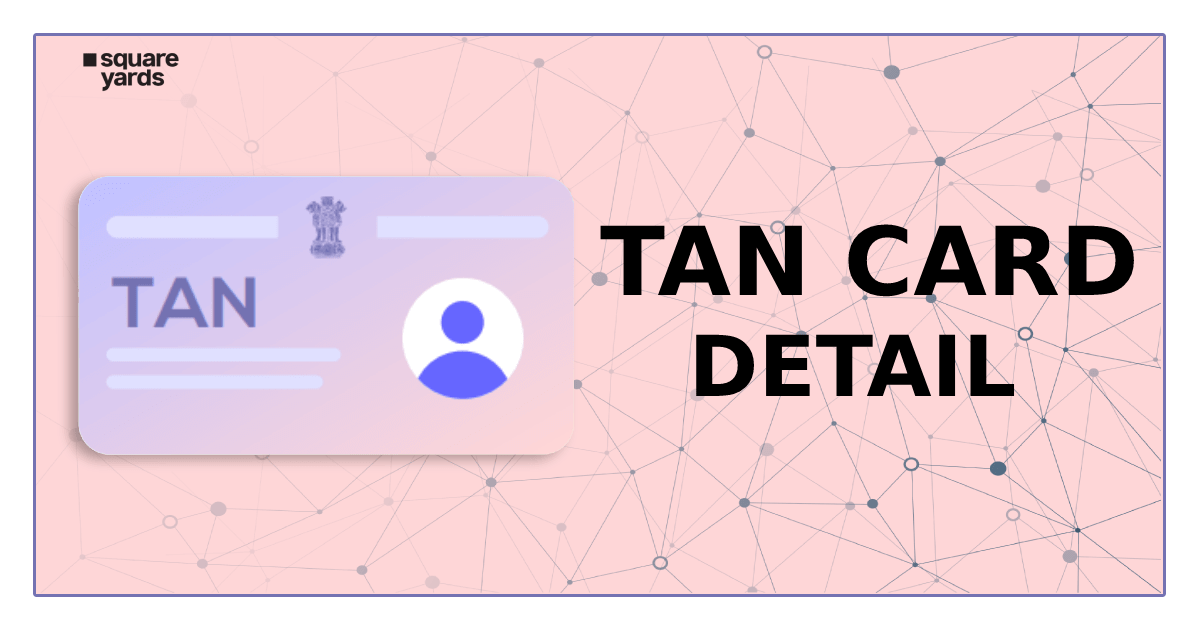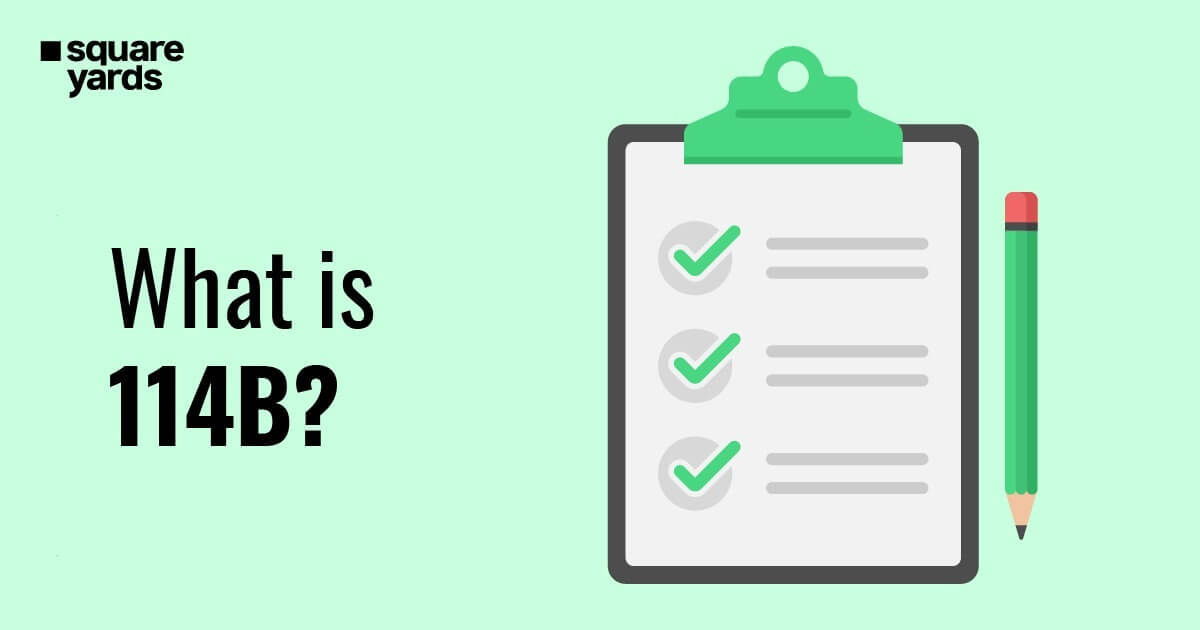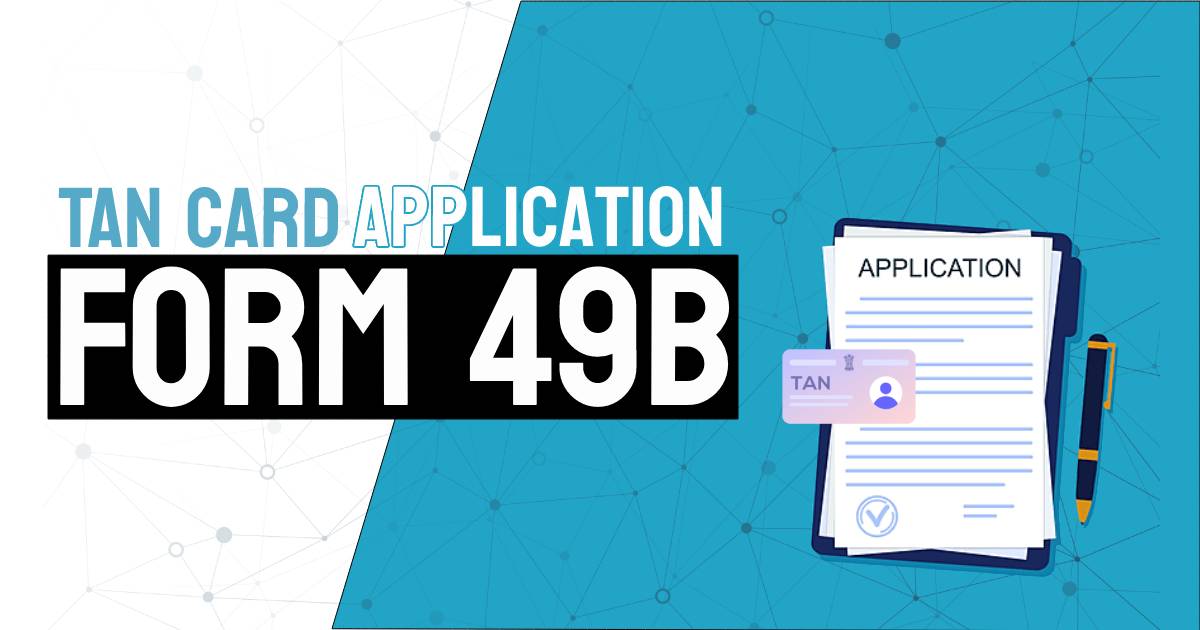Several components are added to your net salary, and some of them are various types of allowances. Apart from the basic salary offered, allowances like medical, city compensatory, house rent, dearness, leave travel, special, conveyance, and others are also given to the employees. Thus, your gross salary becomes more than the basic salary, and the number of allowances offered is completely taxable unless they are exempted under the Income Tax Laws.
A few individuals might have a fixed or variable amount added to the monthly salary, compensating your travel to the office or any site visits. This amount is called the conveyance or transport allowance, added to your monthly take-home salary. Under the Income Tax Laws, Section 10(14) and Rule 2BB provide conveyance allowance tax exemption up to a limit. This article is curated to give comprehensive information on every aspect related to conveyance allowance. Have a read!
Table of contents
- The Definition of Conveyance Allowance
- Conveyance Allowance Features
- Conveyance Allowance Limit for FY 2022-23 & AY 2023-24
- Modifications by the Finance Act 2018
- How Can You Calculate the Conveyance Allowance?
- What is the Amount of Conveyance Allowance Given to Handicapped Persons?
- Current Information About the Conveyance Allowances Given to Central Government Employees
- Wrapping Up
- Frequently Asked Questions (FAQs)
The Definition of Conveyance Allowance
Also known as Transport Allowance, Conveyance Allowance is the sum of money offered to the employees for covering the expense of travelling from their residence to the workplace and vice versa. Majorly, every allowance is provided to the employees over the basic salaries and are or are not taxable, depending on the exemptions under the Income Tax Laws. Generally, the conveyance allowance is offered only if the employer provides no transportation service. If the employer provides the transportation facility, the employees will not be offered the conveyance allowance.
Conveyance Allowance Features
The main features of the conveyance allowance are:
- When Companies do not aid the employees with transportation facilities, they give their employees conveyance allowances. Employees are also entitled to promotional allowances if they don’t use the facilities offered.
- Conveyance allowance is the salary that differs from business to business. The exemption threshold, however, is fixed for each company.
- Employees may receive this benefit even if they do not provide travel receipts.
- Companies club conveyance allowance with other allowances. These are given in addition to the basic salary of the employee.
- Few businesses provide consolidated travel allowances to employees whose jobs necessitate frequent travel.
Conveyance Allowance Limit for FY 2022-23 & AY 2023-24
There are no limitations set on the amount that a company decides to provide as conveyance allowance as a benefit to its staff. The Income Tax Act does, however, have a cap on the exemption amount, which is ₹1,600 a month or ₹19,200 annually and was the same as planned for budget 2022
Conveyance Allowance Exemption
The conveyance allowance exemption is given for the amount of ₹19,200 at max, per annum or ₹1,600 per month. This exemption is applicable under Section 10(14)(ii) of the Income Tax Act and Rule 2BB of the Income Tax Rules. Before 2015, the conveyance allowance exemption limit was set to ₹800 per month and ₹9,600 per annum. In Budget 2015, the conveyance allowance exemption limit was increased to ₹19,200 per annum and ₹1,600 per month. This was done to let the middle-class individuals avail themselves of the income tax benefits. But there is no requirement of procuring any documents of proof of getting the conveyance allowance from your employer. Under the travel allowance, complete ₹1,600 can be claimed in tax exemption.
Some Special Cases of Exemption
- The tax exemption limit is ₹3,200 monthly for people who are either blind or orthopedically handicapped.
- According to Section 10(45) of the Income Tax Act, the UPSC does not have to pay any taxes on the transport allowance.
Modifications by the Finance Act 2018
For the monthly ₹1,600 of transport allowance and ₹15,000 of medical allowance, there is a set deduction of ₹40,000 after the modifications done under the Finance Act 2018. This modification is applicable from the financial year of 2018-2019. In accordance with it, the separate ₹1600 will not be given to any other employees except for the ones physically handicapped or the ones working in the transport business. In the Interim Budget 2019, the limit of ₹40,000 has been increased to ₹50,000
How Can You Calculate the Conveyance Allowance?
There are no complex formulas or rules required to calculate the conveyance allowance. The limit set for it is ₹1,600 per month and ₹19,200 per annum regardless of which tax bracket the individual falls in. One note is that the conveyance allowance exemption can be coupled with exemptions of other allowances like the special allowance. For instance, if an employer is offering you ₹6000 as a special allowance, you can alternate ₹1600 as the conveyance allowance to avail the tax exemption benefits. But remember to take the advice of your tax advisor on this aspect.
What is the Amount of Conveyance Allowance Given to Handicapped Persons?
Compared to the other class of taxpayers, handicapped persons used to get the upper limit of ₹1600 per month and ₹19,200 per month as conveyance allowance before April 2015. However, the modifications brought by the Budget 2015 have made the limit of ₹1600 the same for every category of taxpayer.
Current Information About the Conveyance Allowances Given to Central Government Employees
| The Average Distance Travelled Monthly for Work | Commuting by Personal Car | Commuting by other Modes of Transport |
| 201-300 km | ₹1680 | ₹556 |
| 301-450 km | ₹2520 | ₹720 |
| 451-600 km | ₹2980 | ₹960 |
| 601-800 km | ₹3646 | ₹1126 |
| Over 800 km | ₹4500 | ₹1276 |
Wrapping Up
This article was centred around conveyance allowance, which the employer gives to the employees over the basic salary. With a conveyance allowance, your travel to work from your accommodation and vice versa gets covered. This is more helpful for people living in metropolitan cities as the modes of private transportation are costly compared to the public mode of transport. Also, one should note all the allowances and their tax exemptions while filling the ITR as might save you some bucks, which go as income tax.
Frequently Asked Questions (FAQs)
What is the conveyance allowance in the salary slip?
It is the amount given by the employer to its employees for compensating the cost of travel to work.
Is conveyance allowance a special allowance?
This type of allowance is exempted from taxes, but the savings are taxable.
What is a permanent conveyance allowance?
It is an allowance the government offers to the employees who need to travel extensively for their work.
What is a conveyance account?
The cost of transportation of all the employees of an organization comes under the conveyance account.
Who is eligible for conveyance allowance?
Every employee is eligible for a conveyance allowance.
What is the tax exemption limit on conveyance allowance?
According to the Income Tax Act, the maximum amount of the conveyance allowance exemption is ₹1,600 per month as per Section 10(14) of the Income Tax Act and Rule 2BB of the Income Tax Rules (or ₹19,200 a year).












